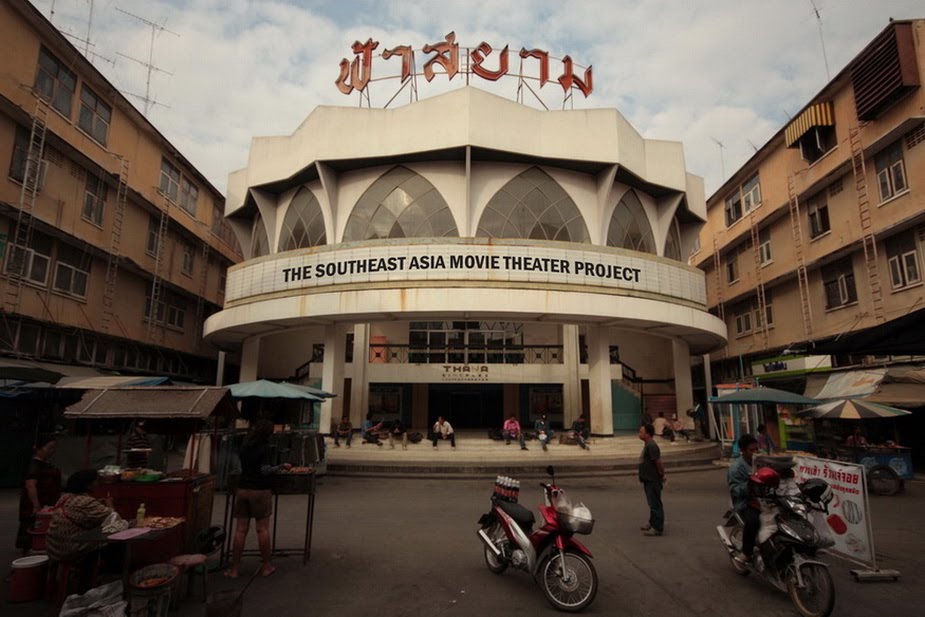For those who don't know, The Southeast Asia Movie Theater Project is mostly a solo effort. All the documentation, research and advocacy for the preservation of select stand-alone theaters in SE Asia, save for a few video collaborations and some sporadic yet critical translation services, is the output of a lone operator.
But while the work itself is mostly the act of one, the financial means to do it has come from elsewhere. About 75% of the research costs for this project over the years were provided by two Thai foundations; The James H. W. Thompson Foundation and The Thai Film Archive. Without their generous support this work would have fizzled out long ago.
Funding is essential to the continuation of this work. Field trips to document as many theaters as possible are time consuming and costly, and cannot be done feasibly while working a full time job. The race against time is also a factor. Invaluable images and data would have been missed if I had to wait it out for elusive grant money to come through. Stand-alone movie theaters, remember, are not being preserved in Southeast Asia. Quite the opposite.
While I search for that ever elusive institutional sponsorship to extend this project throughout ASEAN, I'm making an attempt to raise funds on my own for a final expedition to Myanmar. To that end, I am holding a very unique and extremely limited photo and ticket sale.
Over the years I have amassed a number of vintage tickets from some of the theaters I've visited. These tickets, like the theaters themselves, are extremely rare. To the collector or enthusiast, these are genuine pieces of history.
Offered up in this sale are my only two original tickets from the Mansruang Theater (since demolished) in Phrae, Thailand, along with a signed and numbered photograph of the theater. $135 each.
Only 2 tickets from the Mansruang Theater
In addition to the Mansruang 2, is 6 tickets from the New Chalerm Uthai Theater in Uthai Thani, Thailand. This theater is exceptional for both its Art Deco styling and for its historical clout. The New Chalerm Uthai was built by the fascist government of Field Marshal Plaek Phiboonsongkram in 1943.
6 tickets with corresponding signed and numbered photo for $110 each.
6 tickets from the New Chalerm Uthai Theater
Help support the documentation of Burma's dwindling movie halls by purchasing one of these limited edition photos and ticket.
All sales include international shipping and handling costs.






















































